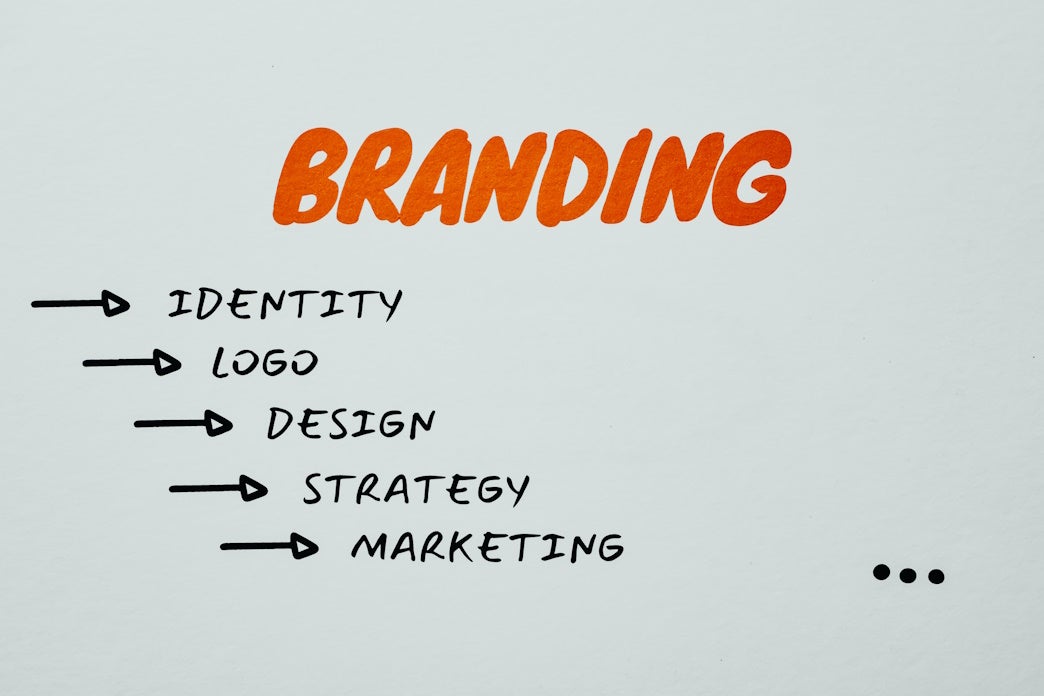What Is CDP?
Benefits Of CDP
How To Choose A CDP
Frequently Asked Questions
Timeline model
Enterprise businesses are collecting customer data from various sources. Customer data are vital in understanding customer behaviour across different touch points such as customer shopping patterns, preferences and more.
What Is CDP?
Customer Data Platform (CDP) is a software application used to connect data from multiple tools, resulting in a single centralised customer journey. CDPs allow decision-makers to view the unified, single customer view, connecting all the touch points and interactions a customer has with the product or services that the organisation is providing.
How Does CDP Works
I would like to share a little case study on how CDP has helped a car manufacturer increase sales.
Think about how you used to make a car purchase 10 years ago compared to now. In the past, you would probably walk to different car showrooms and talk to various salespeople before deciding on the car brand and model that you would like to purchase.
In recent years, the consideration and purchase process has changed. A typical research process might start with you researching for the ideal car brand and model via Google Search. You might also visit individual car brand stores online, and probably watch a couple of car research videos online.
When you have finally decided on the ideal car brand and model based on your budget and requirements, you might have already visited these websites several times via different touchpoints such as the brand website, social media channels like Facebook ads, Youtube review videos and more.
You might have noticed that with each interaction, the brand website is starting to show more personalised car selection models, emails with offers that are targeted to the car models that were closer to your selection. Have you ever wondered how all these are made possible?
This automated process can be easily carried out with CDP, a tailored marketing tool. According to a report by Statista in Sept 2022, the customer data platform (CDP) industry revenue is at an estimated $2billion, up by 25% from a value of $1.6 billion reported in 2021.
Increase In CDP Demands
Why is there an increase in CDP demands? The COVID-19 pandemic has changed the way retail operates. During the lock-down period, retail stores were severely impacted as the government has requested for people to stay home and quarantine themselves.
People are forced to work remotely from home, and online shopping has become the new norm. Digital creators have started to create live streams to sell their products and services. The change in consumer behaviour has resulted in the new online merge offline (OMO) model.
CDP implementation is not a cheap solution, yet there is an uptrend in companies looking to onboard this software simply because BlueVeen research shown that organisations with CDP adoption are more likely to outperform their competitors by 2.5X.
Benefits Of CDP
Here are the top 6 reasons why organisations adopt CDP:
1. Eliminating Data Silos
Organisations have been collecting data for many years. However, these data are fragmented collections of customer names, email addresses, age, purchasing history and more. The data points collected by different companies differ. Very often, we do notice a trend in Enterprise organisations that data points between departments within the same company are also not communicated internally.
Apart from eliminating data silos, duplicate profiles of customers are also removed. This frees up server space and allows decision makers to have a clear 360* view of the customer interaction with the brand.
2. AI-Powered Personalization Messages
Most CDP software comes with AI-powered training functionality. Utilising historical and real-time data, the AI can identify opportunities to upsell and cross-sell different products and services to the correct customers. The AI will predict and identify customers who are most likely to convert and make a purchase.
Creating different customer segments allows marketers to craft the marketing funnel according to the customer interaction phase with the company. For example, an educational campaign messaging is completely different from a conversion campaign. Excluding unsuitable customers from conversion campaigns allows the conversion campaign to only focus on higher-value customers to save time and resources. This will also promote a lower cost per acquisition.
3. Omnichannel Customer Experience
As discussed above, the CDP creates a single unified customer view. This gives brands a deep understanding of their customers various different touch points and interactions with the brand. The brand team is able to evaluate how a customer is likely to react to a certain marketing campaign or promotion based on customer historical behaviour.
Using historical data and machine learning, marketers can segment customers easily and efficiently based on customer demographics, locations, behaviour etc and activate suitable marketing strategies via different channels.
4. Extend Customer Lifetime Value
Customer lifetime value (CLV) refers to the total amount spent by a customer throughout their entire relationship with a brand. Usually, the cost of acquiring a new customer is way higher than that of retaining existing customers. Therefore one of the success factors of a great brand is when they constantly look after and engage with their existing customers. This will also help to promote brand loyalty. With the installation of CDP, companies now have the ability to identify high-value customers and serve the most personalised customer experience. This helps brands stand out from the competition and increase not just customer loyalty, but also customer retention and thereby extending customer lifetime value.
5. Increase Operational Efficiency
A good CDP software has different connectors, allowing companies to have a seamless integration with their existing tech stacks such as their CRM, POS systems, logistics and more. A seamless integration helps to reduce setup cost, saving hours of engineering hours and the removal of duplicate profiles also frees up server space. With proper customization of customer segments, marketers can also create highly targeted marketing campaigns and experiences.
6. Data Privacy and Security
GDPR and CCPA enforcement units have strict rules and regulations for data protection and security. Keeping customer data such as customer profiles and information private and secured is key. Keeping customer profiles on cloud platforms not only makes the profiles readily available in real-time, it also keeps your customers' data safe from potential hackers and threats. On top of that, this allows a data audit to be readily available upon request.
How To Choose A CDP
The next step is choosing the right CDP for your organisation. There are many different types of CDP options available in the market. It is important to choose a suitable CDP based on your requirements, technical specifications, use cases and if the CDP company has done any installation similar to your organisation. Here are some considerations for you when selecting a CDP:
- How to choose the best CDP in 2022
This resource will help you in selecting the most suitable CDP for your organisation.
- How to navigate the sea of customer data tools
Understanding the type of customer data tools you are going to use will be useful in choosing the suitable CDP
Frequently Asked Questions
What is the timeline like for implementation of CDP?
Before you purchase a CDP, it is important to have a concept of what the timeline is like. A general next steps is as below:
- An evaluation of different CDPs
- Integrating the different data sources into the CDP
- Automate your activation tool
- Audience segmentation
- Test the audience segments to ensure that data is uploaded correctly
- Setup your first marketing campaign with CDP
- Build and scale your marketing campaign with personalised messages






